Ghostwire Tokyo Preview | A Spectral Spectacle
The latest game from developer Tango Gameworks offers an open-world take on a paranormal-infested Tokyo. After playing around eight hours for this preview, it left me with a lot of conflicting thoughts. At its core, Ghostwire exudes style around every corner. From the way you whip magic spells at foes with complex hand animations to […]
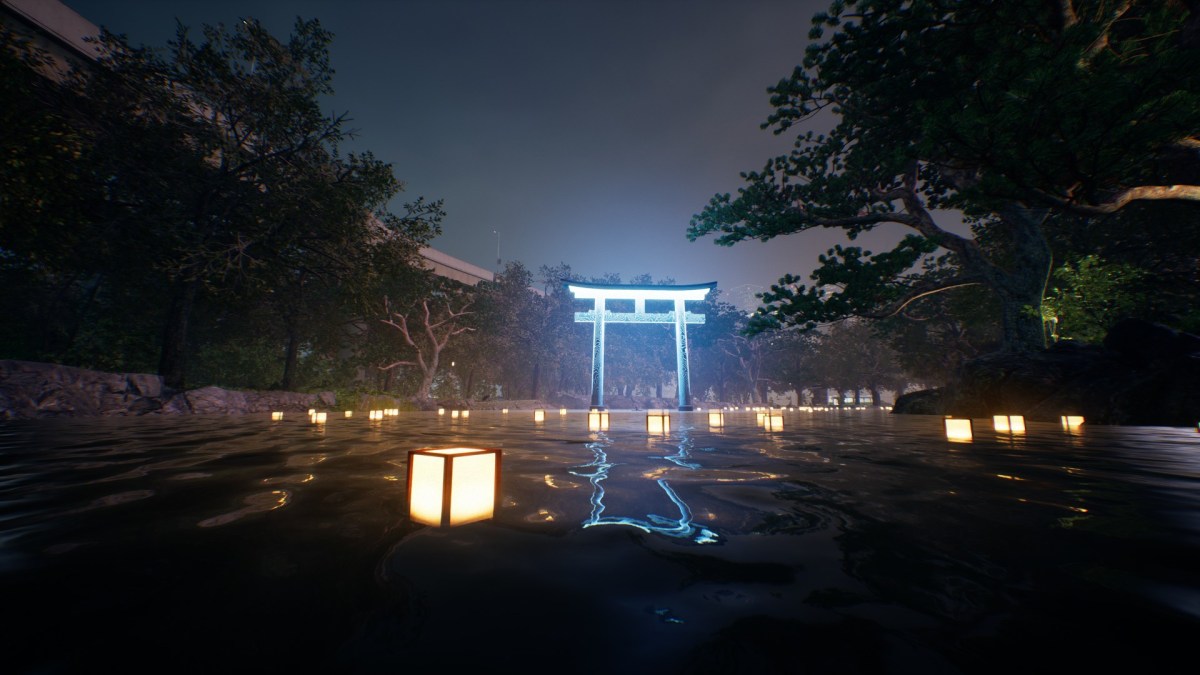
The latest game from developer Tango Gameworks offers an open-world take on a paranormal-infested Tokyo. After playing around eight hours for this preview, it left me with a lot of conflicting thoughts.
At its core, Ghostwire exudes style around every corner. From the way you whip magic spells at foes with complex hand animations to how illusions manifest in buildings, warping their inherent structure and aesthetic. This game gets weird from the jump, with everyone in Tokyo mysteriously vanishing leaving only the clothes on their backs behind.
Ghostwire Tokyo Preview | A Spectral Spectacle
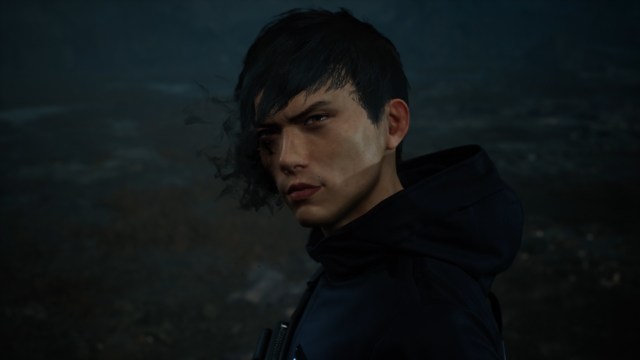
The main protagonist, Akito, is looking for his sister who was taken by a literal shadow organization to perform some ritual. Akito’s body is suddenly inhabited by a spectral spirit known only as KK who gives him supernatural powers and an ability called Ethereal Weaving.
Ethereal Weaving allows Akito to shoot magic out of his fingertips like a gun and these attacks all correspond with different elements like water, wind, fire, etc. Beating down enemies to expose their orange glowing cracked core then allows for Akito to rip the core out of their body in an explosion that didn’t get old over the course of my preview.
While combat is a visual feast, the action of going through it is quite stiff. Enemies often move very linearly whether it is running straight at you or strafing side to side, and Akito himself moves like he’s walking through sludge.
Not every game has to have a robust movement system or over-the-top parkour, but some options would certainly make this experience feel less like a slog. Aiming, even with the sensitivity cranked up feels ok at best. For a first-person game it doesn’t feel good to move around the environment, almost ever.
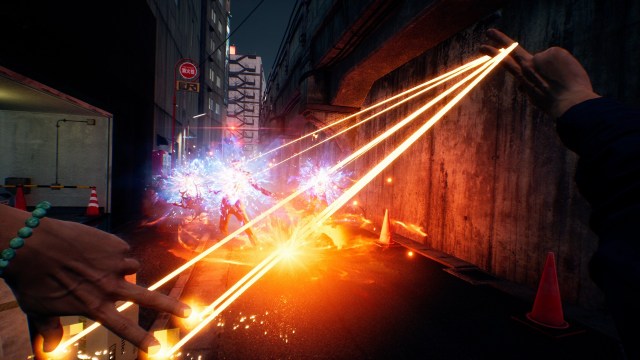
Akito starts and stops moving a lot when trying to turn the camera while running, almost like the game can’t do both at the same time. It feels clunky and something that smooths out somewhat if your turn on the performance mode on the PS5, but doesn’t fix it entirely.
Ghostwire Tokyo has a lot of graphical options. You can switch between your standard quality mode (which runs at 30FPS with ray-tracing) a performance mode that does 60 fps without ray-tracing, a hybrid mode that has a variable framerate, and even some v-sync options on PS5 which I hadn’t seen in other games.
I spent most of my time in performance mode, but switched to quality occasionally to take in the sights, of which there are many. Tango did an excellent job at bringing Tokyo to life, or death I guess in this case. The streets are littered with parked cars in the middle of the road, clothes piled up where humans once stood, and all sorts of neon lights and signs.
Using your grapple ability to head to the rooftops allows for an overview of the city that can be breathtaking at moments, which contrasts the bland rooftops quite nicely.
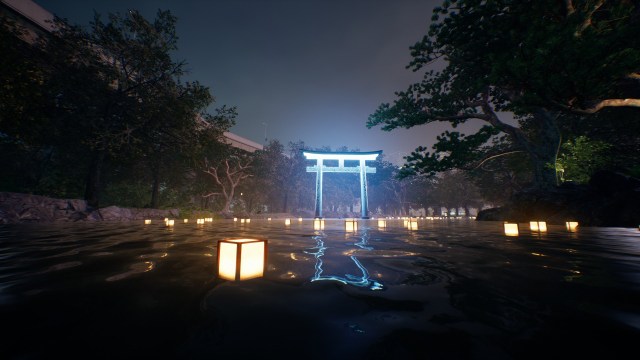
The mission structure is pretty cut and dry, you have your clearly marked side quests around Tokyo highlighted in green while your main missions are yellow. The map is filled with clearly signposted objectives, collectibles, and enemies.
It’s a very typical open-world structure, you’ll cleanse shrines that open up new objectives, very similar to liberating outposts in a game like Far Cry or Assassin’s Creed.
The map is filled with icons and every important item you pick up is labeled on the map and in your inventory. It’s not a bad style for Ghostwire, in fact, I think this game benefits quite a bit from things being clearly labeled and putting the side quests on the map for players.
That’s because the side quests seem to all be given by floating spirits that can pretty easily blend in with the environment and I would have missed many had it not been for the map.
While open-world games are rapidly changing and the conversation around how we can push the genre forward is always being had. Ghostwire’s early chapters don’t seem to be doing anything to reinvent the wheel, and that’s fine, not every game has to.
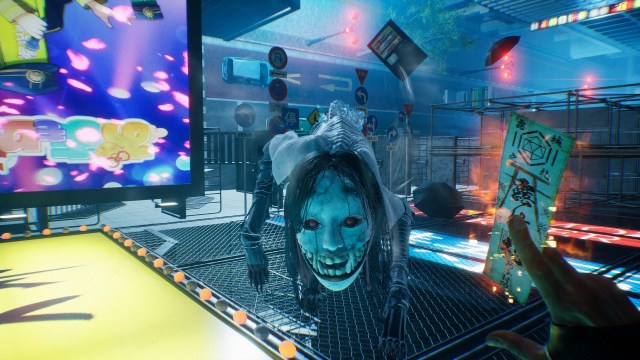
One mechanic I enjoyed quite a bit is finding spirits around Tokyo and collecting them into your Katashiro. You can then deposit them into this rigged payphone set up by a character named Ed. These are designed to send the spirits back to the people of Tokyo.
A running count of how many you’ve collected and you get experience and money for stopping by these payphones from time to time to deposit the spirits you’ve collected. It’s very much a “make the numbers go up” mechanic, but one that my lizard brain can’t stop doing.
The preview is only reflective of the first two chapters of the game, while chapter one is primarily story-focused and sets up a lot of what is to come in the plot, the game pretty quickly gives you access to the open world and the activities in it.
Ghostwire Tokyo is filled with spectral bodega cats, defeating faceless businessmen with umbrellas, and a whole bunch of weird ghost stuff.
